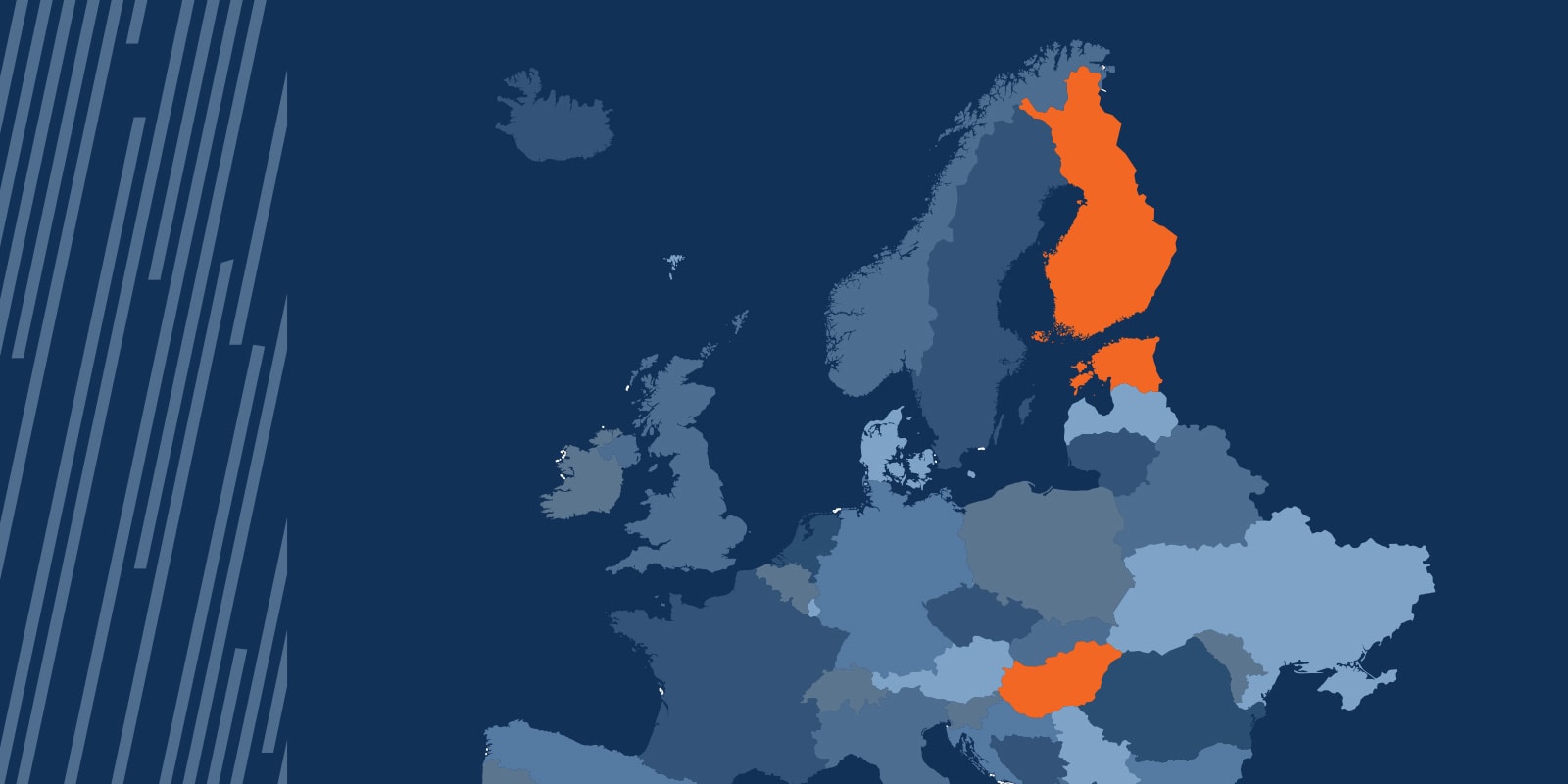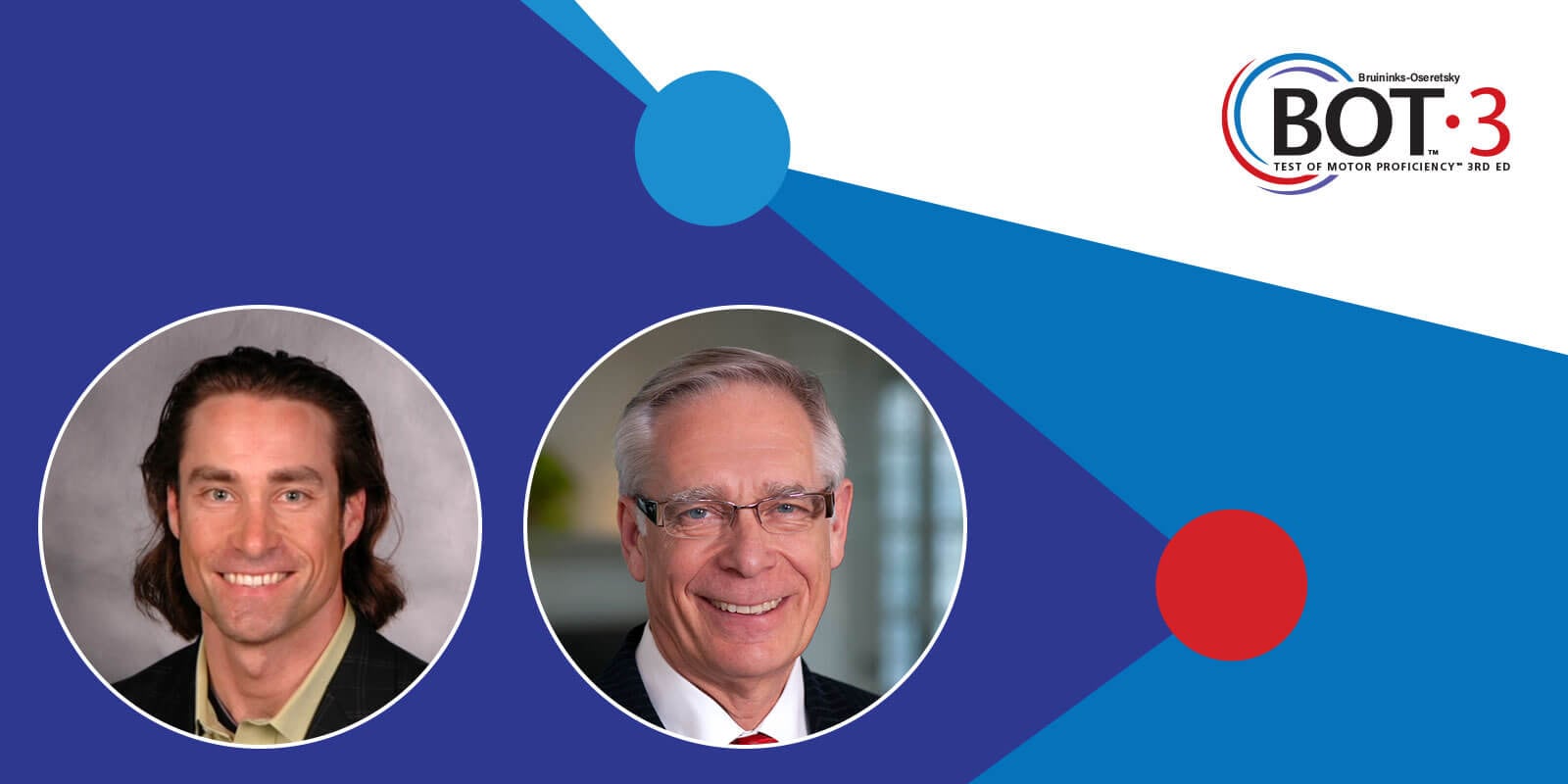How SEL Can Help Autistic Students Tackle Common Classroom Challenges
by Shelley Hughes, OTR and Director, Portfolio Management and Delivery - Healthcare & Therapeutics, and Deb Grill, School Psychologist and Assessment Consultant for Pearson

The education community has largely embraced the need for inclusive and supportive learning environments to help all children reach their potential. As diversity, equity, inclusion and belonging (DEIB) initiatives expand, we’ve seen schools broaden their definition of diversity to consider different races, cultures, gender identities, religions, abilities and much more.
Another cohort that is increasingly being recognized under this DEIB umbrella is neurodiverse kids, whose brains function differently from those of neurotypical kids. Among this group are kids with autism spectrum disorder (ASD), which includes about 1 in 36 children, according to the Centers for Disease Control and Prevention (CDC). Autistic kids often need extra support in understanding and navigating social interactions.
That’s where SEL can help. One of the most promising developments for today’s students is the implementation of social-emotional learning (SEL) in the classroom. A vast amount of research shows that an SEL-based curriculum brings positive outcomes for all students. SEL can be especially helpful when working with autistic students to strengthen their interpersonal skills and build independence.
April brings National Autism Acceptance Month, making now an opportune time to think about how educators can use SEL to help all students — including autistic children — cultivate crucial life skills
Read more




